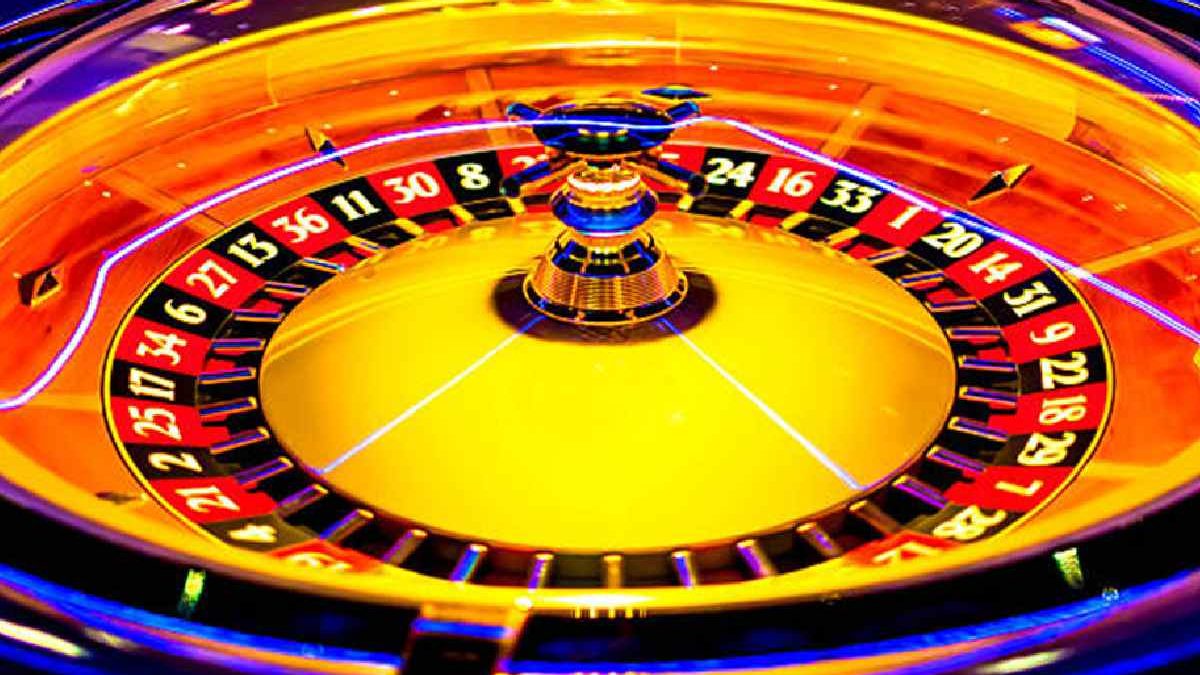In the ever-evolving landscape of the global gaming industry, slot machines stand out as a universal symbol of luck and chance. However, beneath their spinning reels and flashing lights lies a fascinating mosaic of cultural diversity that shapes their designs, themes, and gameplay. This article delves into the intriguing world of slot machines, exploring how cultural differences significantly influence slot designs and create a global slot stage that caters to a myriad of players’ preferences worldwide.
Table of Contents
The Cultural Palette of Slot Machines
Slot machines, often seen as mere entertainment devices, are in fact, rich tapestries woven with cultural threads. From the neon-lit casinos of Las Vegas to the bustling pachinko parlors of Tokyo, slot games are meticulously crafted to resonate with local cultures, traditions, and storytelling methods. This cultural customization not only enhances player engagement but also reflects the global gaming industry’s agility in adapting to diverse audiences.
East Meets West: A Tale of Two Slot Worlds
The distinction between Eastern and Western slot designs is perhaps the most prominent example of cultural influence in action. In Western countries, particularly in the United States, slot machines frequently feature themes based on popular culture, including movies, TV shows, and historical events. These slots often emphasize high-quality graphics, immersive soundtracks, and complex bonus features to engage players.
Conversely, in Eastern markets, such as Japan and China, slot designs lean heavily on traditional motifs, such as lucky symbols (e.g., dragons, fish, and phoenixes) and numerology. These elements are not merely decorative; they are deeply ingrained in the cultural consciousness and are believed to bring good luck and fortune to the players. Additionally, the gameplay in Eastern slots may prioritize simplicity and speed, catering to local gaming preferences.
The Role of Color and Symbolism
Color usage and symbolism in slot machines are prime examples of cultural adaptation. Colors that are considered lucky or carry positive connotations in one culture may not have the same effect in another. For example, red is often used in Chinese-themed slots to symbolize luck and joy, while in many Western cultures, green is associated with money and wealth.
Symbols, too, play a crucial role in aligning slot machines with cultural beliefs and narratives. In Norse mythology-themed slots, symbols like Thor’s hammer and Viking ships are common, tapping into the rich tapestry of Norse legends. Meanwhile, Egyptian-themed slots abound with symbols of pharaohs, pyramids, and gods, drawing players into the mystique of ancient Egypt.
Localization and Cultural Sensitivity
As the global gaming market expands, developers face the challenge of localizing slot machines to cater to different cultural sensitivities and regulations. This process involves more than just translating text; it requires a deep understanding of local customs, values, and taboos. For instance, certain symbols or themes that are perfectly acceptable in one culture might be considered offensive or inappropriate in another.
Localization also extends to the gameplay experience itself, including the adjustment of payout rates, the inclusion of language-specific features, and the modification of game mechanics to align with local gambling regulations and player expectations. This meticulous attention to detail ensures that situs slot games offer not just entertainment, but a culturally relevant experience that resonates with players across the globe.
Engaging the Global Audience
The global slot stage is a testament to the gaming industry’s commitment to embracing and celebrating cultural diversity. By integrating cultural elements into slot designs, developers not only pay homage to various traditions and stories but also bridge the gap between different parts of the world, creating a shared space where players can experience the richness of global cultures.
Moreover, this cultural customization contributes to the inclusivity of the gaming industry, allowing players from different backgrounds to see reflections of their own cultures in the games they play. This sense of familiarity and connection not only enhances the gaming experience but also fosters a global community of players who appreciate the artistry and creativity that go into slot designs.
The Future of Cultural Influence in Slot Design
As technology advances and the world becomes increasingly interconnected, the influence of culture on slot design is poised to grow even stronger. Virtual reality (VR) and augmented reality (AR) technologies, for instance, offer new avenues for immersive cultural exploration within slot games, enabling players to step into fully realized worlds inspired by different cultures and histories.
Furthermore, as awareness and appreciation of cultural diversity continue to expand, players are seeking more authentic and meaningful gaming experiences. This trend will likely drive developers to delve deeper into cultural research and collaboration, leading to even more innovative and culturally rich slot designs in the future.
Conclusion
The global slot stage is a vibrant and dynamic arena where cultural differences play a pivotal role in shaping slot designs. By weaving cultural elements into the fabric of slot games, developers not only enhance the gaming experience but also contribute to a more inclusive and interconnected world. As the gaming industry continues to evolve, the cultural influence on slot design remains a testament to the power of games as a medium for cultural expression and understanding, offering players around the globe a window into the diverse tapestry of human culture.


